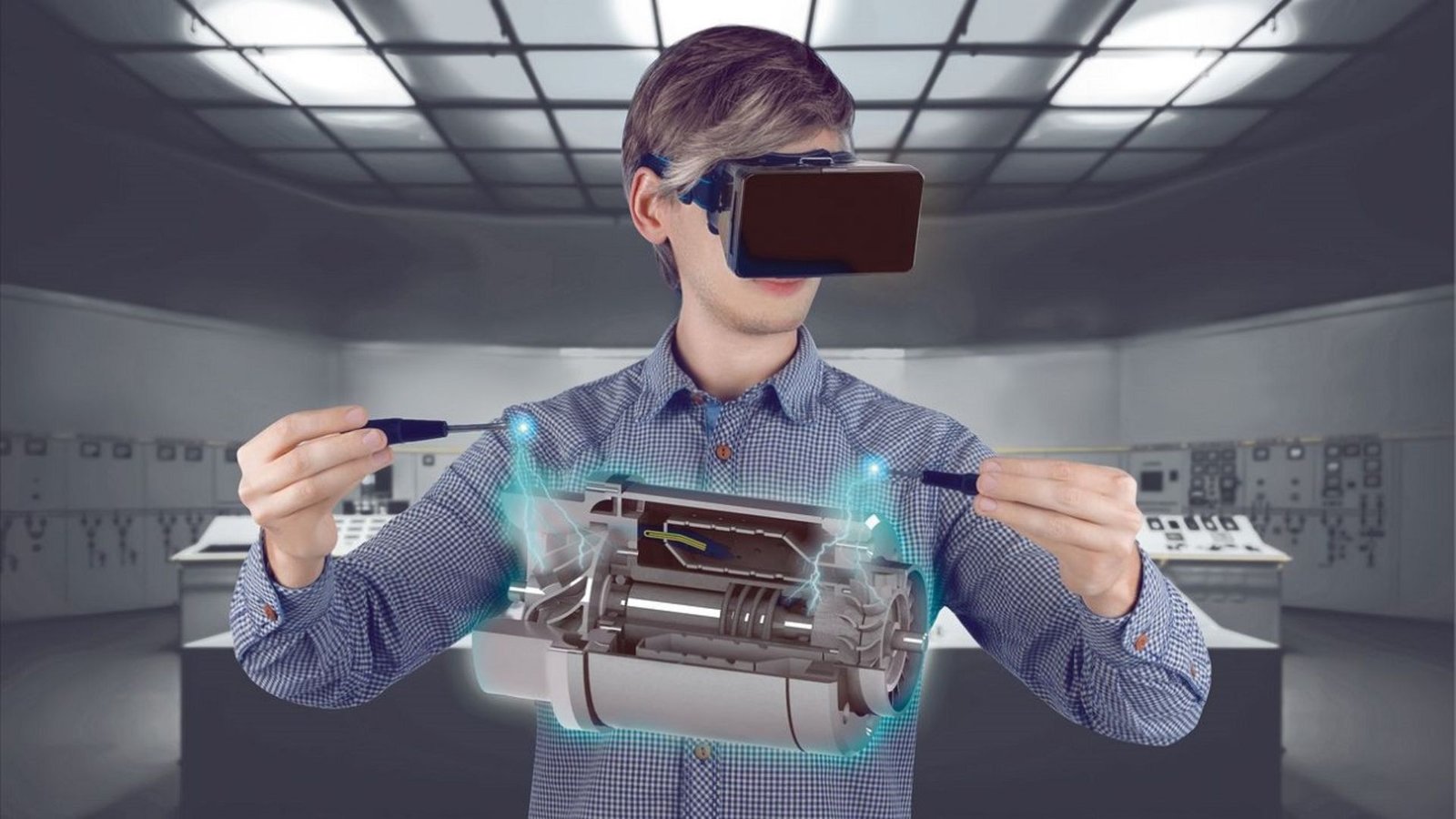The production design is pivotal in crafting visually compelling and immersive experiences in film, theatre, and other media. Whether you are a seasoned designer or just starting out, incorporating the following tips for production design can elevate your work and ensure that your designs contribute effectively to the overall narrative.

Begin with a Strong Concept
One of the most crucial tips for production design is to start with a strong concept. This means thoroughly understanding the script or project brief and translating its themes, emotions, and settings into a visual plan. Begin by analyzing the story’s setting, time period, and character dynamics. Creating mood boards or concept sketches can help solidify your vision and guide your design process. By establishing a clear concept early on, you set a strong foundation for all subsequent design choices.
Collaborate Effectively
Effective collaboration is another key tip for production design. Production design does not exist in a vacuum; it must work in harmony with other elements of the project, such as direction, lighting, and costume design. Regular communication with directors, producers, and other team members ensures that your design aligns with their vision and goals. During meetings and discussions, be open to feedback and ready to make adjustments. Collaboration helps integrate different perspectives and contributes to a cohesive final product.
Focus on Details
Attention to detail is essential when applying tips for production design. Every element of your set, from props to furnishings, should support the story and enhance the overall atmosphere. Pay close attention to color schemes, textures, and materials, ensuring they align with the time period and setting of the project. Small details can significantly impact the authenticity and believability of your design. For instance, a well-chosen piece of furniture or a carefully placed prop can add depth and realism to the scene.
Utilize Technology and Tools
Incorporating technology and tools into your production design process is another important tip. Modern design software such as AutoCAD, SketchUp, and Photoshop can streamline your design work and allow for more precise planning. Additionally, 3D modeling and virtual reality (VR) can help visualize designs and make real-time adjustments. By leveraging these tools, you can present your ideas more effectively and ensure that all aspects of your design are accurately represented before construction begins.
Test Your Designs
Testing your designs is a crucial tip for production design that should not be overlooked. Before finalizing your design, conduct tests to identify any potential issues with functionality or aesthetics. This might involve building mock-ups or conducting on-site tests to see how elements interact with lighting and space. Testing helps reveal problems that might not be evident in the initial design phase, allowing you to make necessary adjustments and improvements. This iterative process is essential for achieving a well-rounded and practical design.
Stay Informed and Inspired
Staying informed about current trends and innovations in production design is another valuable tip. The field of production design is constantly evolving, with new techniques and technologies emerging regularly. By attending industry workshops, reading relevant publications, and studying the work of leading designers, you can stay up-to-date and bring fresh ideas to your projects. Inspiration can also come from various sources, including art, architecture, and everyday life. Keeping your creative juices flowing ensures that your designs remain relevant and engaging.
Adapt to Challenges
Finally, one of the most important tips for production design is to remain adaptable in the face of challenges. Production design often involves working within constraints such as budget limitations, space restrictions, and tight deadlines. Being flexible and resourceful allows you to find creative solutions and make the most of available resources. Embrace challenges as opportunities for innovation and problem-solving, and be prepared to adjust your designs as needed to meet the demands of the project.
Conclusion
In conclusion, mastering production design involves a combination of strategic planning, effective collaboration, and meticulous attention to detail. By starting with a strong concept, collaborating effectively, focusing on details, utilizing technology, testing your designs, staying informed, and adapting to challenges, you can enhance your production design skills and contribute to the success of your projects. Implement these tips for production design to elevate your work and create visually stunning and impactful productions.




